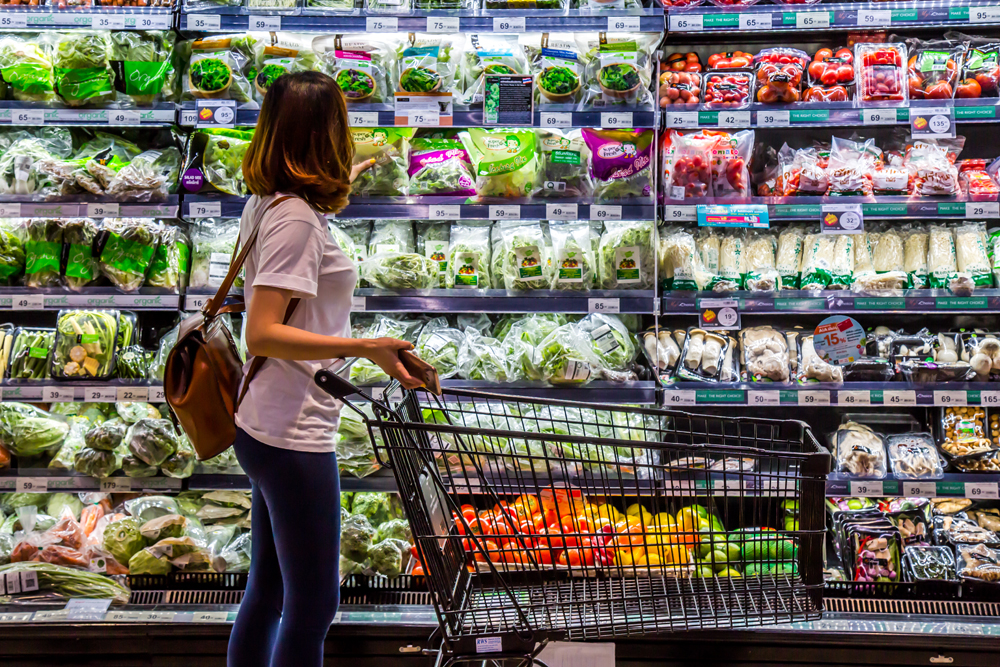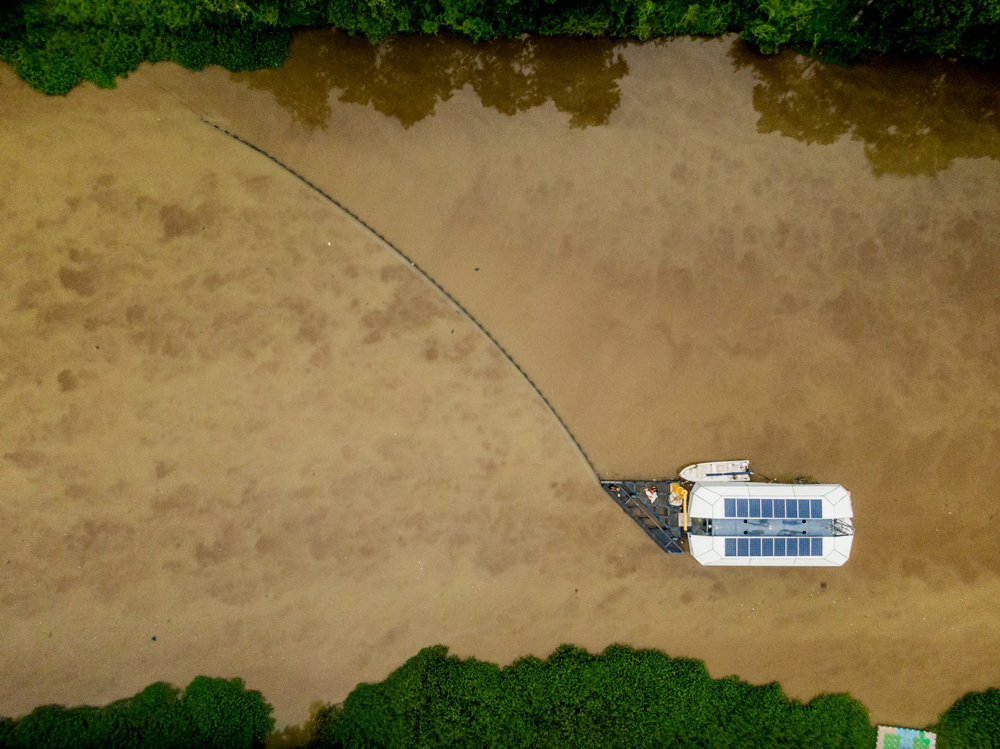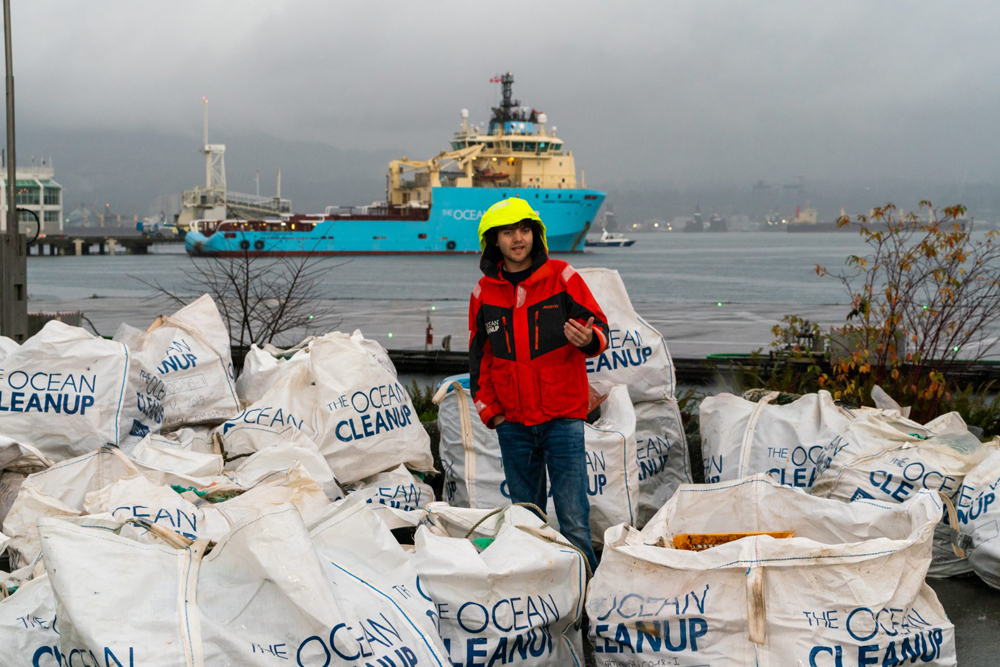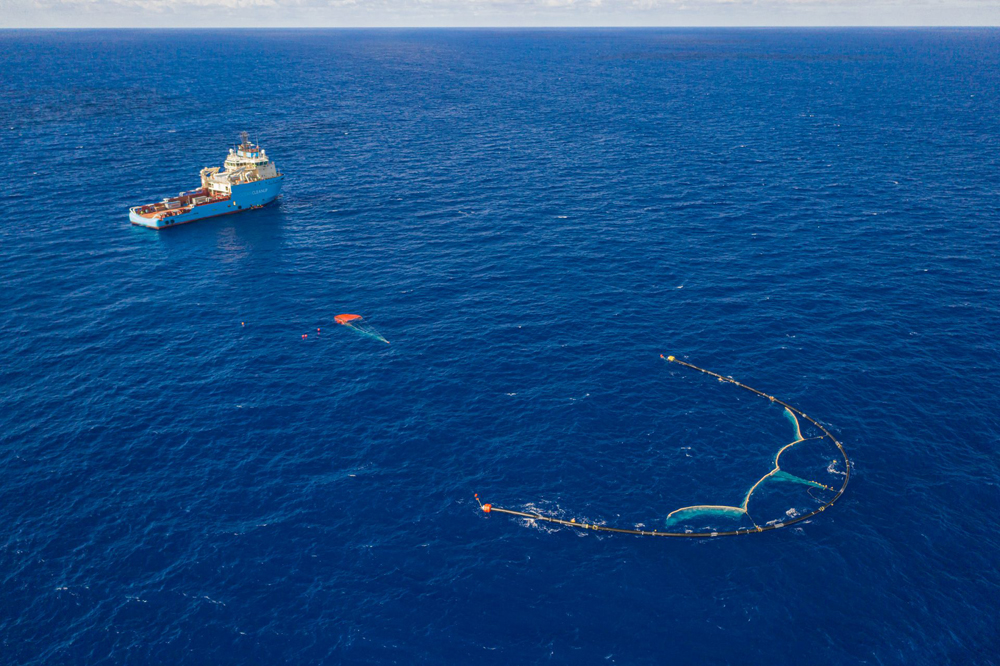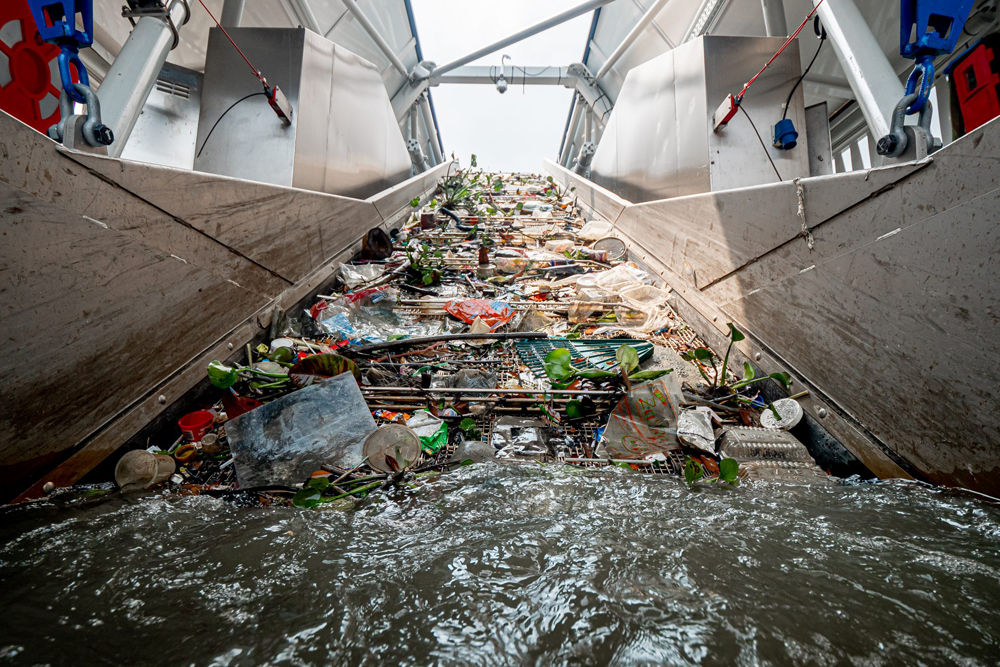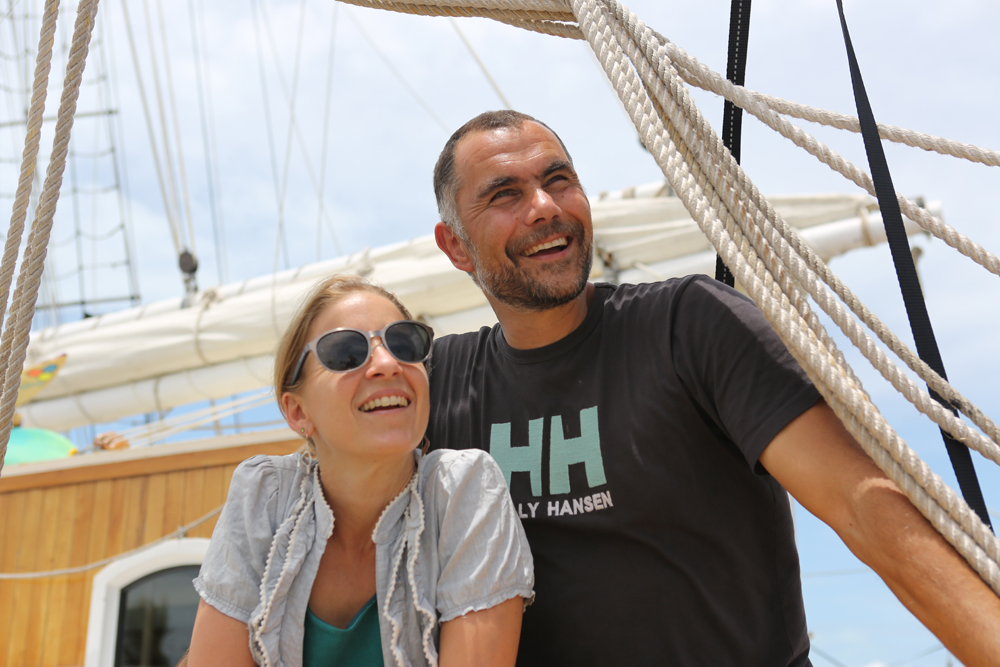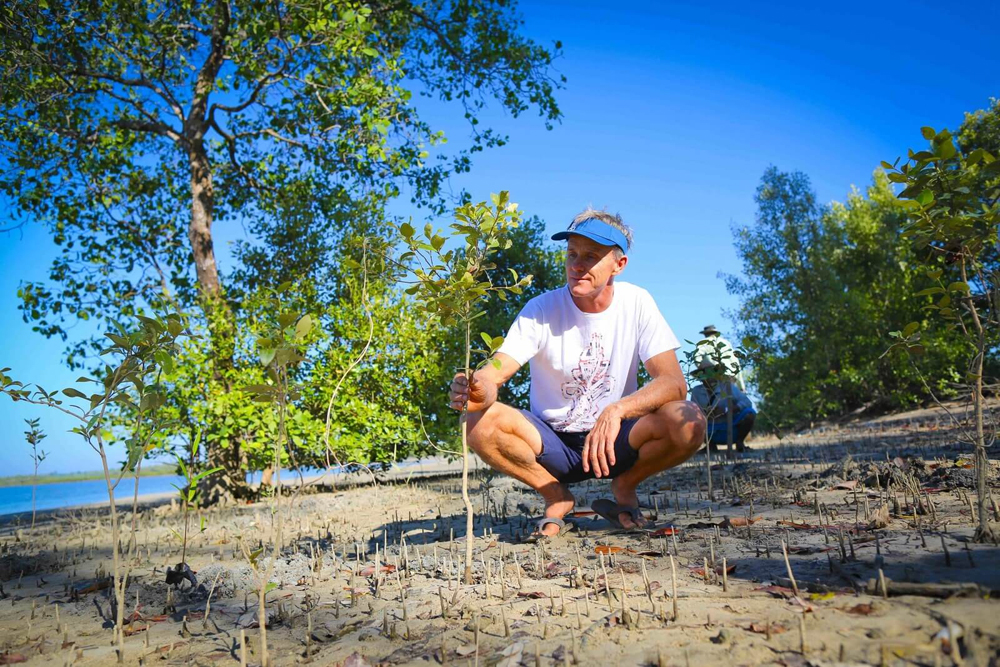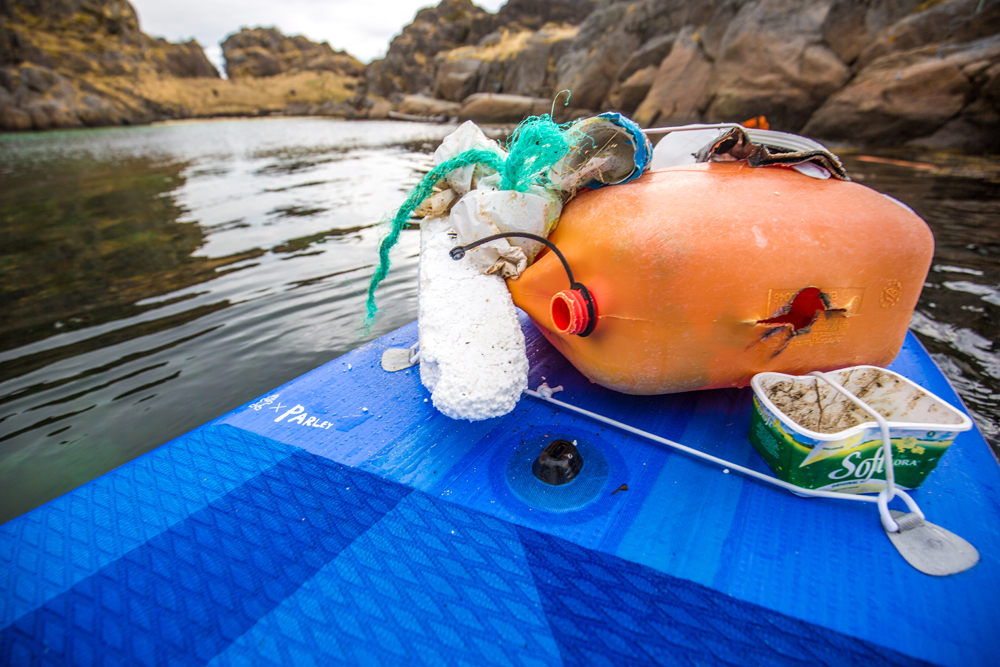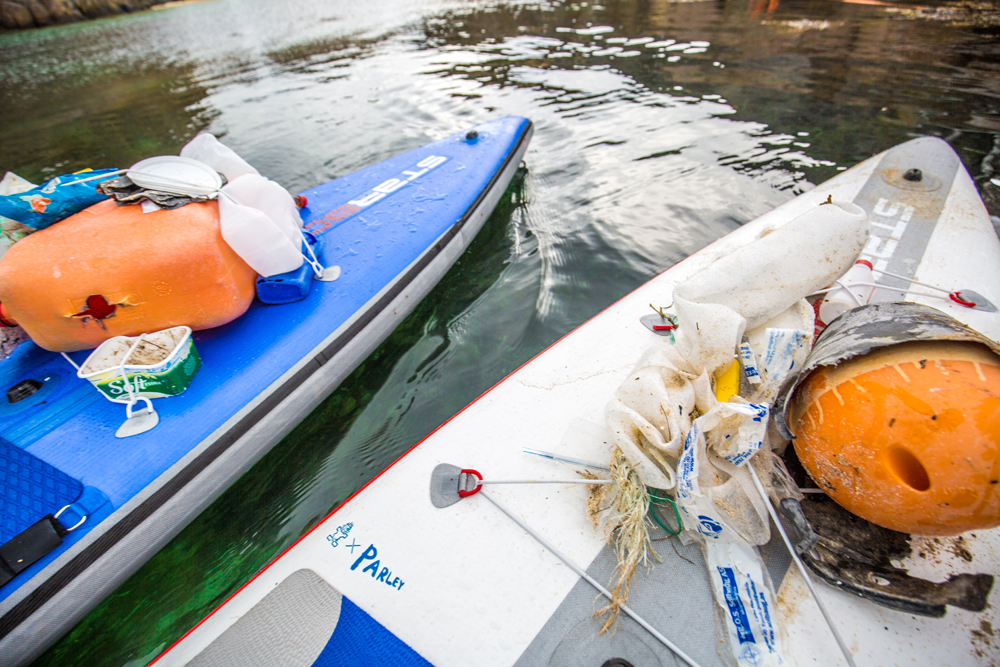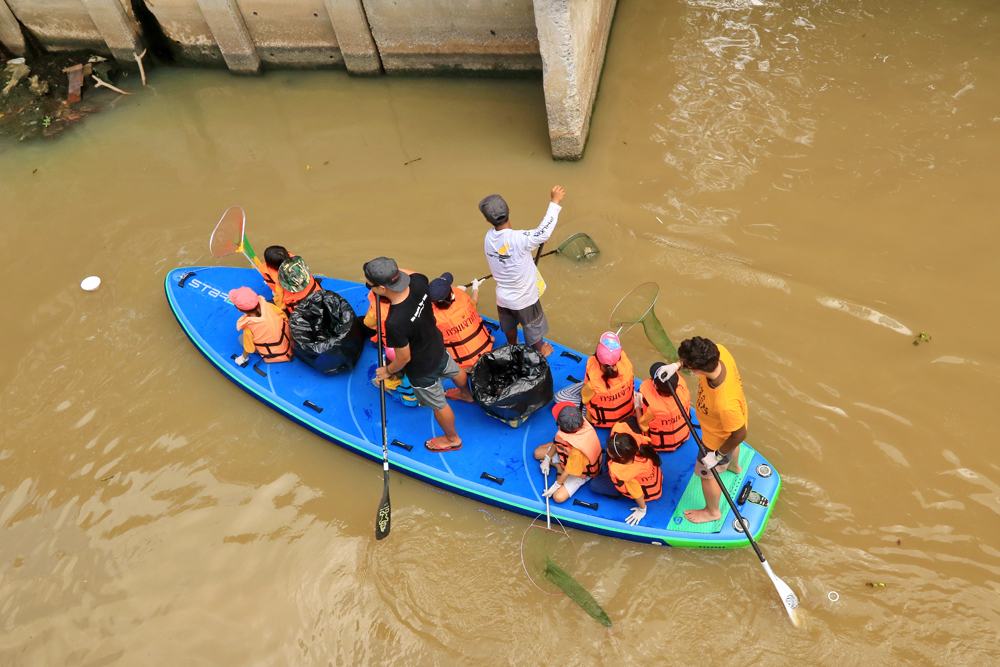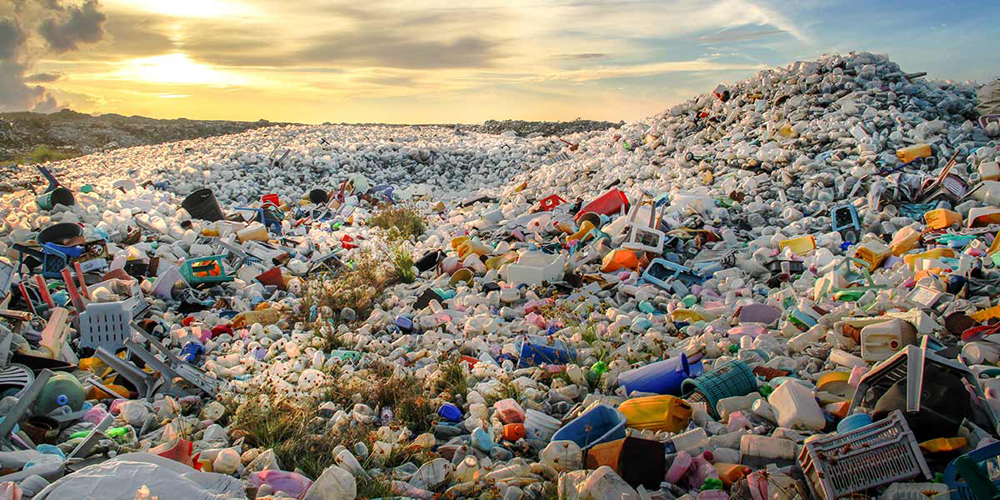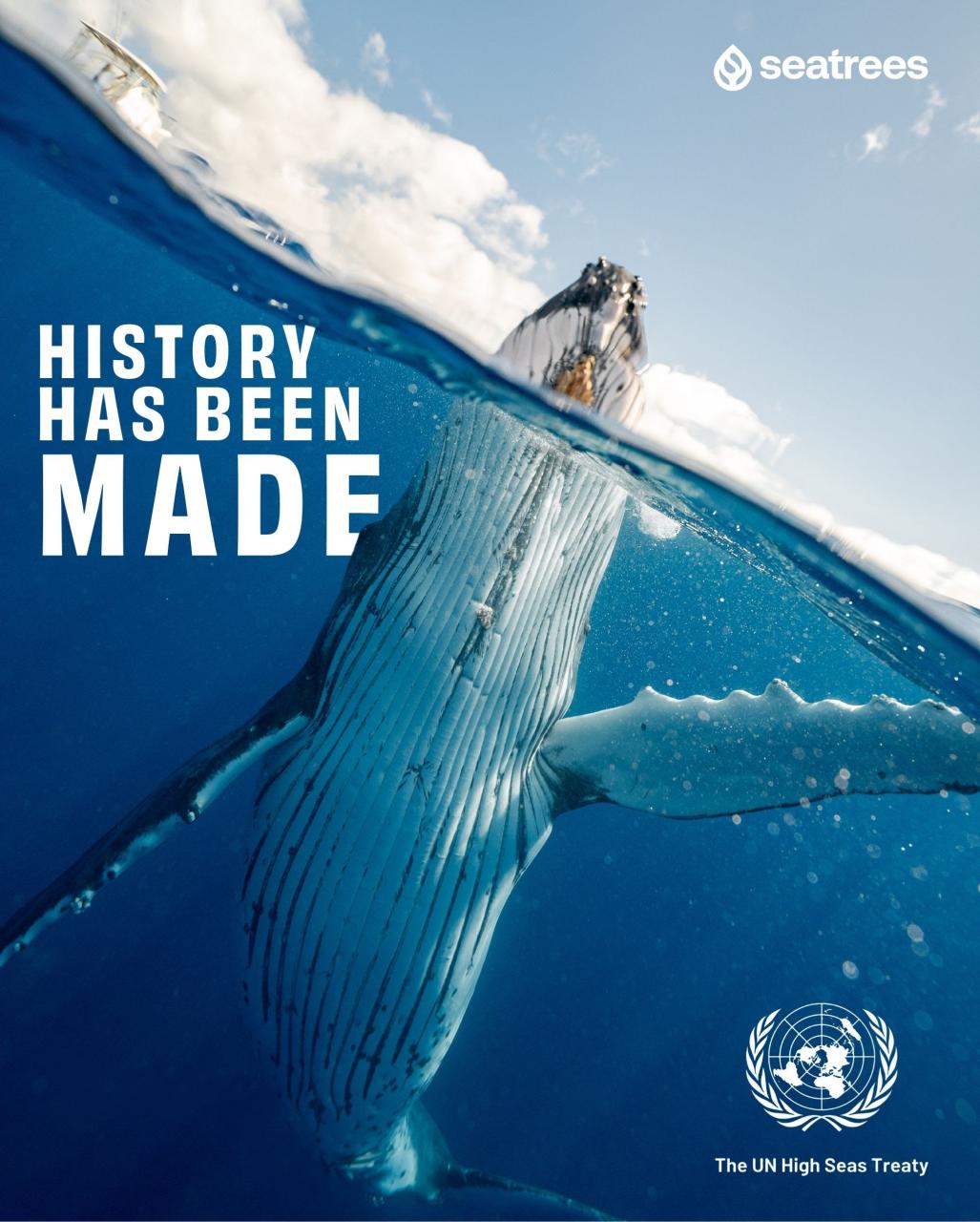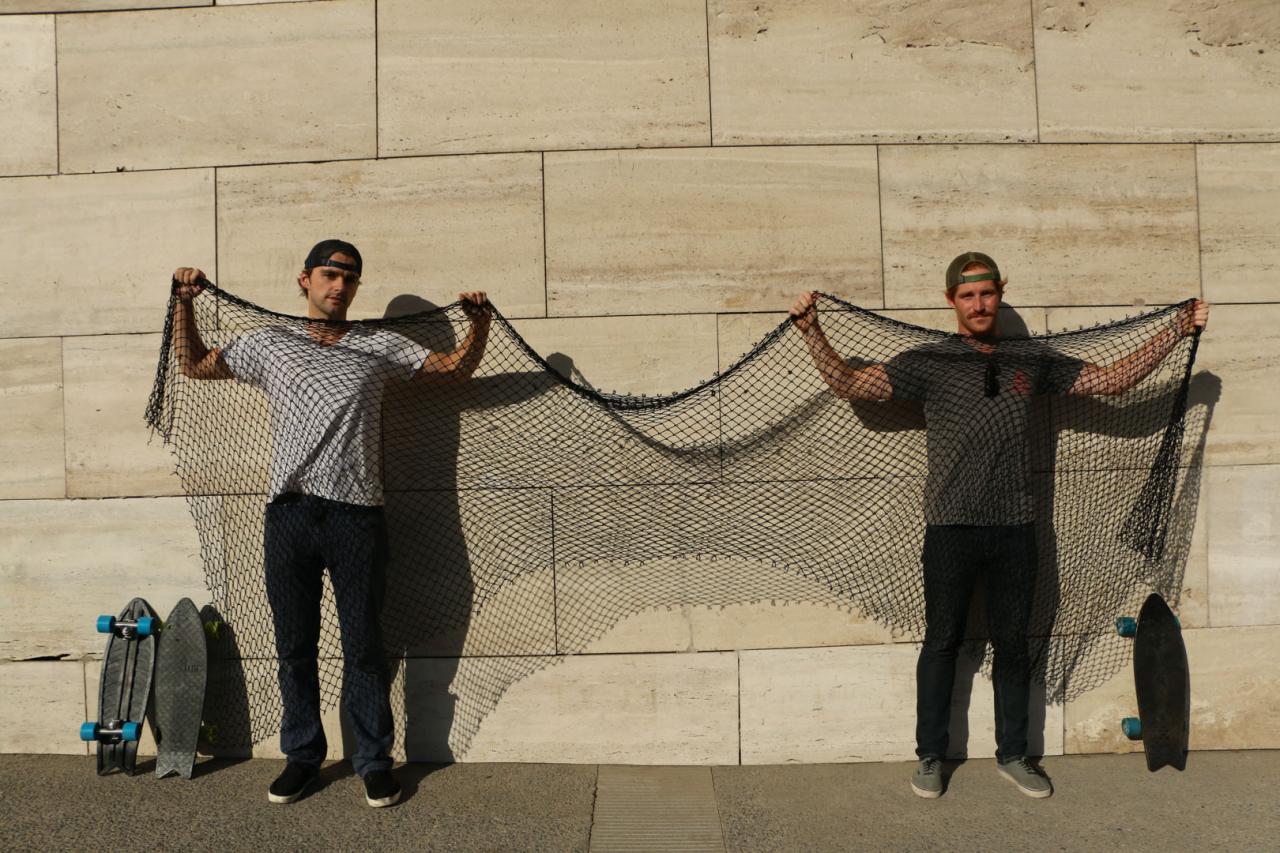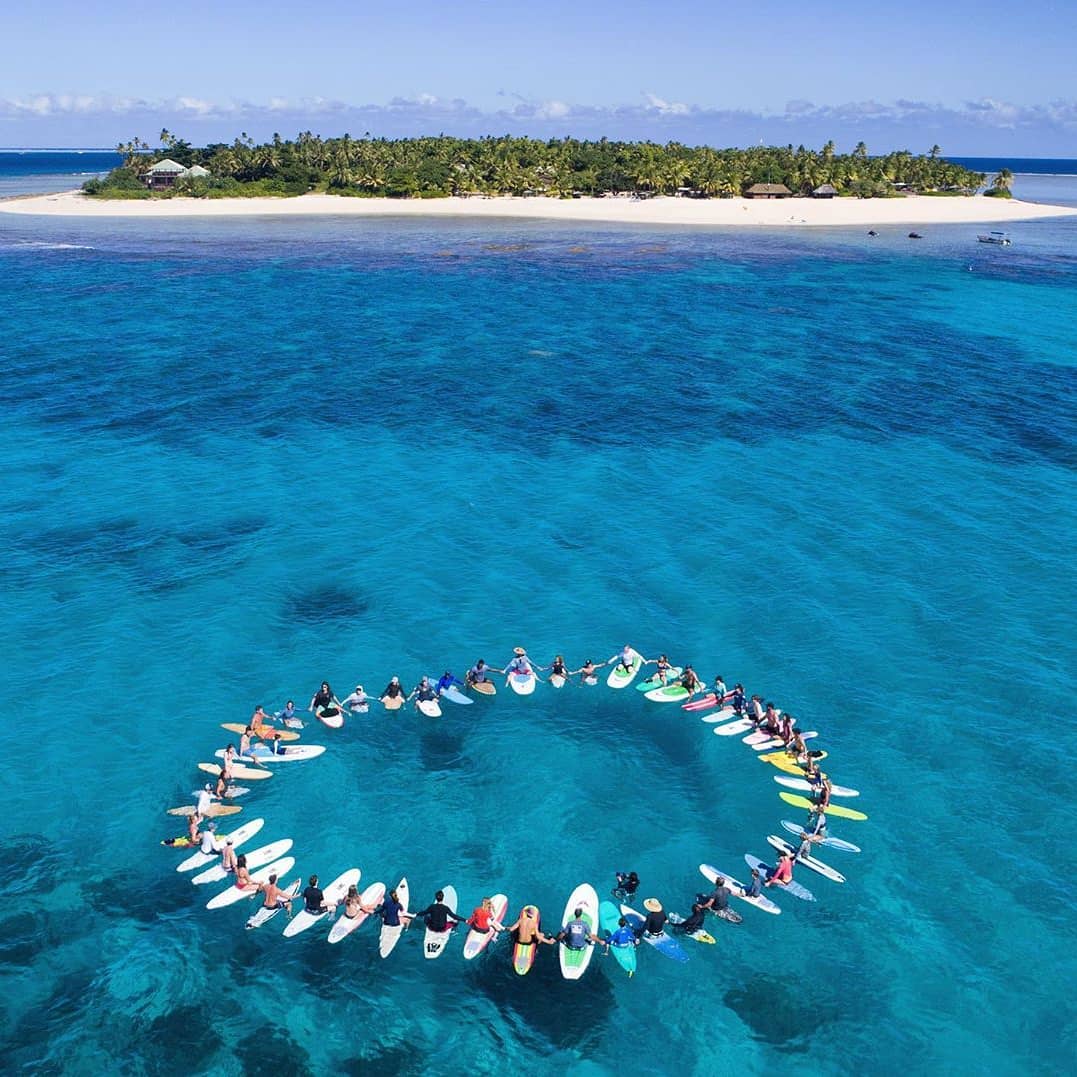From the moment I first noticed an elevated amount of trash on our beaches, I started picking it up. Beach strolls are a great activity for clearing the mind and taking in the sounds, smells, and colors of the ocean. Adding a few handfuls or pocketfuls of plastic in the process only heightens the experience.
There's a strong sense of satisfaction that comes from doing what we can to clean up what we find as my family and I stroll the beach. Our satisfaction is increased when we meet other families who stop and ask us what we're doing. We love when our actions inspire them to pick up a few pieces of trash of their own. All of us who take part in picking up shoreline trash are helping to create the necessary cultural shift in awareness to mitigating single use plastic usage and the steps we all need to take to eliminate it from our lives.
Sadly, it doesn't take long for any beach patroller to realize regular beach cleanups can't keep up with the amount of plastic which continues to wash up on our shores every day.
And it’s not just our beaches.
Our nation’s shorelines including lakes, rivers, streams and ponds all suffer from trash buildup in our current day society. An estimated 8 million metric tons of plastic flow into our oceans each year organizing itself into massive garbage patches. There, every piece of plastic starts to break down into smaller and more minute bits. Many of these smaller particles of plastic are ingested by fish, birds, and other mammals who confuse these plastic bits for food. Many ultimately perish or contaminate other animals, even humans, when consumed.
If you’re reading this, we know that you are a water lover to the core. As water people, we spend as much time as we can on or near the water enjoying the pursuits of surfing, paddling, kiting, windsurfing, and additional watersports that connect us with the water. All of us are ambassadors of our waterways by extension of our love for the ocean, streams, rivers and lakes in which we recreate. We are the obvious choice when it comes to creating a responsible group to steward over our world’s waterways.
In addition, there are multiple organized groups like Surfrider Foundation, Sustainable Coastlines of Hawaii, Upstream, Rozalia Project, 5 Gyres, and Parley for the Oceans which are examples of water people coming together to commit themselves to the protection of the marine environments we cherish.
Single use plastic is perhaps the most serious and complex issue we'll face in this lifetime. Unfortunately, for many, the threat of plastic's dominance over our environment isn't significant enough to make the necessary changes in unabated consumer behavior.
What does it take to make a cultural shift in our day-to-day practices surrounding plastic? As consumers, the first step is to be more aware of what we're buying and to make an effort to reduce the use of single use plastics in our daily existence wherever or however we can.
There are some easy and immediate actions we can take in order to make a lasting impact. There is a rising tide of individuals among us who already bring our own shopping bags to the grocery store, drink coffee from reusable mugs and choose deliberate items to purchase based on limited or no plastic packaging involved. It’s not easy. For example, with regard to food, we discover more vegetable and perishable items are unnecessarily being packaged in seemingly endless reems of plastic. Going to the grocery store can be very overwhelming when you start focusing on the amount of plastic brought home when purchasing the food you and your family needs.
What about recycling? Recycling numbers are depressing. Of the 300 million tons
of plastic produced each year, less than 10% of it gets recycled. By 2050, projections tell us that global plastic production will triple and it will account for 20% of all oil consumption products. Did you know that nearly ⅔ of plastic becomes waste? The question is, where does your plastic recycling go? The harrowing fact is that new plastic production uses less than 5% recycled material for new products. Everything else gets incinerated or dumped into the ground or sea.
The production of single use plastic continues to rise in 2020. Our own waste disposal systems are so overwhelmed that we have been shipping our garbage overseas to countries like China, Singapore, and Indonesia for disposal. In 2018, China refused to take any more plastic from the US and Europe which opened new plastic disposal markets in countries like Malaysia before they also had to say no. Next, black markets for disposal opened, offering to take our plastic for a fee and ultimately incinerating it illegally.
Why am I sharing all of this? Because it’s time.
Remember when everyone used to smoke? In 1965 an average of 43% of U.S. adults smoked cigarettes. Smoking was a fashionable activity both socially and solo. It was part of the culture of an era when no one understood the health risks around smoking. Slowly, data was presented and we learned that cigarettes kill people. The decision to stop smoking came from consumers, not our manufacturers.
Consumers have the power to create real cultural, environmental and economic shifts. If our national or even global consumer base wants something to happen badly enough, we can make it happen through conscious purchasing decisions. Want to participate in a global trend towards reducing the environmental threat of plastic? Then, stop accepting and using single use plastics whenever you can and become a role model for others to follow. We all have mentors we look up to and people we want to emulate. Act responsibly. Others will follow suit.
When I studied the extent of plastic pollution in our oceans and rivers, I came across the work of a proactive group called The Ocean Cleanup. Their founder, Boyan Slat, is an entrepreneurial individual who has created two elaborate solutions that his group believes will, ultimately, solve the plastic pollution in both seas and inland riverways.
Slat’s original idea was launched in 2018 in the Great Pacific Garbage Patch (GPGP) wherein he cast a large net designed to "act like ocean plastic" by floating with the current on the surface of the ocean to capture plastic debris. He predicts his floating systems will clean 50% of the GPGP plastic within five years. Another solution he manufactured is a machine called the Interceptor. This device is designed to anchor itself on the banks of rivers to capture debris in an extended boom arm as the garbage floats by. As of this writing, Interceptor 004 has been delivered to the Rio Ozama in the Dominican Republic, the same river infamously known through the viral plastic wave video which landed on the world’s social media channels last summer. Remember that?
Cleaning up plastic debris is a massive part of the pollution crisis. However, like any crisis, there is no real silver bullet solution. I wish there was! All cleanup efforts become easier when we attack the problem at its source. Deia Schlosberg, director of the award-winning documentary, "The Story of Plastic", emphasizes the need to turn off the spigot.
Slowing down the torrent of need for single use plastic requires a cultural shift in consumer behavior and thought. As consumers, we all make decisions daily based upon current necessity. We can make those same decisions from a place that is driven by a moral and ethical conscience. As humans, we are sensitive to the livelihood of endangered species and we rally against the abuse of animals. We want to know the origin of our food and the farming practices implemented to grow it. Our national consumer base purchases more organic products now that we have a better understanding of the health benefits for us and our families.
Although with food choices, it’s easy to see that ‘organic’ or ‘local’ is beneficial to our immediate family and local economy. However, when it comes to single use plastic debris, it is much less visible and thus harder to educate the public. We discard our plastics into blue “recycle” bins never thinking about them again unless we take a trip to a polluted river or take a boat ride to one of the many plastic-ridden gyres within the ocean. As a community, we have to work harder to keep the threat of plastics more conscious in our daily lives because we don't always see its devastating effects every day.
Dr. Marcus Eriksen knows this threat all too well. In 2008 Eriksen built a junk raft made entirely out of plastic bottles and, with it, drifted 2,600 miles from California to Hawaii. His purpose? To develop awareness and begin a movement to save the seas from the poison of plastic pollution. In 2009 Eriksen and wife, Anna Cummins, founded the 5 Gyres Institute, immediately becoming global leaders in the movement against plastic pollution.
Today, 5 Gyres organizes research expeditions to all five subtropical gyres in search of stemming the stream of plastic. Working with Surfrider Foundation, Clean Production Action, and UPSTREAM, current day 5 Gyres’ data collection has culminated into a categorized list of the most toxic and polluting plastics found in the ocean. That list is known as "Better Alternatives Now" (BAN). As one would suspect, the list contains all the usual suspects of single use plastics that we encounter daily. Consumer items like food wrappers, bottle caps, bags, straws and stirrers, water bottles, eating utensils, cups and plates, cigarette butts, lids, take-out containers, balloons, miscellaneous containers, cups, personal care products, and lighters are all included on the BAN list. 5 Gyres discovered that food wrapping and bottle caps make up more than 45% of the pollution found by unit count. That is an important place to raise awareness and begin to mitigate our own personal plastic use. Then, we can pressure manufacturers to choose alternative containers and wrappings, like cardboard boxes and beeswax wrapping.
The American Chemistry Council, which represents the multitude of plastics manufacturers, states it expects the plastic industry to spend $25 billion to build new plastic manufacturing capacities by the year 2025.
Our increase in plastic production stems from a much needed decline in demand for fossil fuels. The oil and gas industries are looking to produce more plastics from petrochemicals to take up the slack. How many beach cleanups would we need to organize to keep up with that level of flow? Even the Ocean Cleanup systems will eventually be overrun and shut down by the amount of plastic entering our waterways from discarded single use packaging that fails to find its way back into the supply chain. We need help.
There are two things that need to change in order to improve our current drowning-in-plastic situation. The first is a change in our behavior. As citizens of the earth and lovers of the water, we need to stop consuming single use plastic. That's obvious. Be conscious of your every purchase and refuse single use plastics at all costs. It’s fun and creative to think up alternate solutions. All we need to do is use our brains. (See Editor’s Note)
Secondly, as consumers, we need to rethink the material science behind the products we discard most frequently. The race is on to find a new material that is 100% biodegradable and safe for the environment, including our waterways. No better way to tackle this problem than to bring together some very smart, motivated people in order to develop eco-conscious materials better than plastic.
Forbes is reporting that the market for "green" or environmentally-friendly investments has exploded to over $30 trillion in recent months. Since the adoption of the Paris Agreement in 2016, there has been a sharp decline in oil and gas investments from institutional investors committed to cutting fossil fuel stocks from their portfolios. Oil and gas companies now account for less than 5% of the S&P 500, while in 1990 they represented more than 15% of the index. Times are changing in the investment world.
Closed Loop Partners is a progressive investment group that focuses specifically on our single use plastic crisis. This New York based firm invests in concepts that follow the circular economy model aimed at an economic system focused on eliminating waste and the continual use of resources. Closed Loop Partners recently formed the NextGen Consortium made up of global food and beverage brands including heavy hitters like Starbucks, McDonalds, Coca-Cola and Nestle in to address the problems of single-use food/beverage packaging waste.
Enter, NextGen Cup. NextGen Cup is the first initiative created by the Consortium which aims to advance recoverable solutions for the to-go cup system. Drinking from your own reusable mug is still a much more sustainable model to follow, but consider that over 250 billion to-go cups are produced globally each year. We need to find an alternate material that minimizes environmental impact, has positive recovery value, and meets performance and health standards for beverage consumption globally.
Complex issues require diverse skills in problem solving from every side of the equation. Dave Ford, another entrepreneur, created Soul Buffalo in an effort to unite action-oriented leaders from around the world to build a community of environmental problem solvers. Ford invited multiple leaders within the plastics industry to his Ocean Plastics Leadership Summit last summer aboard a 400-foot expedition ship headed to the North Atlantic gyre.
The purpose of Soul Buffalo’s expedition was to bring the leadership teams from plastic companies and environmental activist groups together for four days at sea where they would personally witness the size and scope of the plastic gyre first hand. Then, the goal was to teach them to work together to create a sustainable solution. Bridget Croke, Vice President of Closed Loop Partners was aboard the ship along with representatives from Dow, Procter and Gamble, Coca-Cola, Nestlé, Colgate-Palmolive, and other industry giants.
Bringing it back to paddling, it's exciting to see watersports industry manufacturers like Starboard making a conscious (and sometimes economically risky) effort to reduce their impact on the environment. Svein Rasmussen, CEO at Starboard, and team are committed to take responsibility for Starboard’s global carbon footprint by becoming completely net positive across their entire supply chain. This is their agreement as a newly registered B-corp. First steps for Starboard included the creation of the Thor Heyerdahl Climate Park in Myanmar. In this park, the brand has promised to plant a mangrove tree for every board sold worldwide.
The mangrove is a unique species of tree that can absorb up to 1 ton of carbon over twenty years while also protecting shorelines from erosion caused by extreme weather and rising tide levels. In addition, Starboard has eliminated fossil-fuel based plastic from their product line using bio-based alternatives for resins, fins, boxes, plugs, and other inserts. The packaging to ship boards from their factory has undergone significant changes as well. No plastic or styrofoam material is used in the packaging of any boards. Instead, Starboard products are now packed using reinforced cardboard to protect the nose and tail of their boards while all other items are placed in cardboard paper envelopes and boxes.
It wasn’t that long ago that restaurants made a massive change that was adopted quickly when they stopped offering plastic straws with every beverage purchase. Did you know that straws and stirrers are the 4th most common form of trash on the 5 Gyre BAN List? We’ve seen how restaurants, cafes, and coffee houses are able to be huge influencers in cultural change based on the amount of consumer traffic they serve daily. The restaurant and food industry has the power to impact customer behavior by demonstrating alternatives to plastic and developing models showing what plastic-free food service looks like.
Bringing it back home, as a restaurant owner, that was our main goal when we developed The Spot restaurant in Burlington, Vermont ten years ago. Although our customers may not actively notice the absence of single use plastics at their table, they enjoy the experience of spreading butter, jams, syrups, and other condiments from reusable ceramic containers. Demonstrating a model for sustainability at any level of business helps to influence change over manufacturers, resellers, and consumers. We can all play a part in being more conscious of our actions and influencing our partners and peers.
It’s time to do the right thing by making sacrifices in the short term in order to protect the long term well being or our world’s oceans, lakes, bays, streams and ponds. If we show ourselves that we can make sacrifices for the betterment of our waterways, we still have hope for solving our plastics problem. Who’s in?
Editor’s Note: We’d love to hear our readers’ thoughts/comments/wisdom regarding plastic reduction & solutions for our next issue of Standup Journal. Please send your comments to editor@standupjournal.com.
Aloha.

